Home>Garden Essentials>How To Seed Lawn
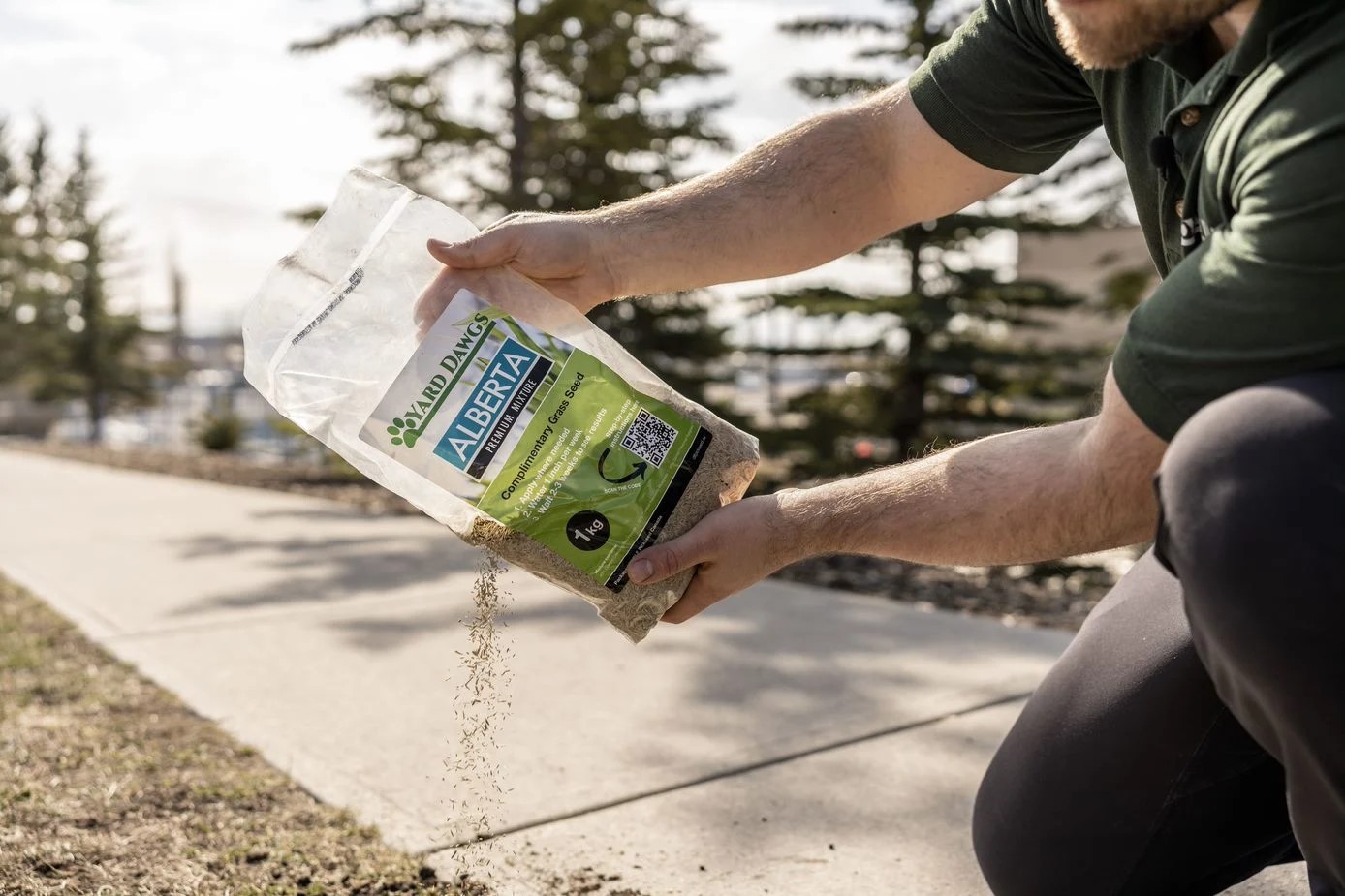

Garden Essentials
How To Seed Lawn
Modified: October 18, 2024
Discover the best tips and techniques on how to seed your garden and achieve a lush, vibrant lawn. Get expert advice and step-by-step instructions for successful garden seeding.
(Many of the links in this article redirect to a specific reviewed product. Your purchase of these products through affiliate links helps to generate commission for Storables.com, at no extra cost. Learn more)
Introduction
Welcome to our comprehensive guide on how to seed a lawn! Whether you’re looking to revitalize a patchy lawn or starting from scratch with a brand new lawn, seeding is a crucial step in achieving a healthy and vibrant green space. When done correctly, seeding can transform your yard into an oasis of lush green grass.
Seeding a lawn may seem like a daunting task, but with the right knowledge and guidance, it can be a rewarding and fulfilling experience. By following the steps outlined in this article, you’ll learn how to properly prepare the soil, select the right grass seeds, calculate the seed amount, clear the area, spread the seeds, and properly maintain your newly seeded lawn.
Before we dive into the step-by-step process, it’s important to understand the benefits of seeding a lawn. First and foremost, seeding helps to fill in bare spots and improve the overall density of the grass. This results in a more even and aesthetically pleasing lawn. Seeding also helps to enhance the resilience of your lawn, making it more resistant to diseases, pests, and environmental stressors.
Additionally, a well-seeded lawn can improve the value of your property and create a welcoming outdoor space for you and your family to enjoy. Whether you’re planning to host backyard barbecues, play catch with your kids, or simply relax on a sunny day, a healthy lawn provides the perfect backdrop.
Now that we understand the importance of seeding, let’s dive into the step-by-step process. By following these guidelines, you’ll be well on your way to cultivating a beautiful, robust, and envy-worthy lawn.
Key Takeaways:
- Properly preparing the soil, selecting the right grass seeds, and accurately measuring seed amounts are crucial for successfully seeding a lawn and achieving even growth.
- Regular maintenance, including watering, fertilizing, and mowing, is essential for nurturing a healthy and vibrant lawn that will provide years of enjoyment.
Read more: How To Hydro Seed A Lawn
Step 1: Preparing the Soil
The first and most crucial step in seeding a lawn is to prepare the soil properly. By creating the right foundation, you’ll provide an ideal environment for your grass seeds to germinate and grow. Here are the key steps to follow when preparing the soil:
- Remove any existing vegetation: Begin by clearing the area of any existing weeds, grass, or plants. Use a rake or shovel to uproot the vegetation and remove it from the area. This will minimize competition for nutrients and space, allowing your grass seeds to thrive.
- Perform a soil test: It’s recommended to conduct a soil test before seeding your lawn. A soil test will help you determine the pH level, nutrient deficiencies, and overall health of the soil. You can find soil test kits at garden centers or send a soil sample to a local laboratory for analysis.
- Amend the soil: Based on the results of the soil test, you may need to make amendments to improve the soil quality. Common amendments include adding organic matter such as compost or peat moss to improve soil structure and fertility. Follow the recommendations provided by the soil test to determine the appropriate amendments for your soil.
- Loosen the soil: Using a garden fork or a tiller, loosen the soil to a depth of 4 to 6 inches. This will break up any compacted soil, allowing the roots of the grass to penetrate easily and access water and nutrients.
- Remove rocks and debris: Take the time to remove any rocks, stones, or large debris from the soil. These can interfere with the even distribution of grass seeds and hinder the establishment of a healthy lawn.
- Level the soil: To create a smooth and even surface, use a rake or a leveling tool to remove any high spots and fill in any low spots. This will prevent water pooling and ensure uniform growth of the grass.
By properly preparing the soil, you’ll set the stage for successful seed germination and healthy grass growth. Take the time to complete these steps thoroughly, as a well-prepared soil will provide optimal conditions for your newly seeded lawn.
Step 2: Selecting the Right Grass Seeds
Choosing the right grass seeds for your lawn is crucial to achieving the desired results. The type of grass you select will depend on factors such as climate, soil type, and the amount of sunlight the lawn receives. Here are some key considerations when selecting grass seeds:
- Climate: Determine the climate zone you are in to choose a grass variety that is suitable for your region. Cool-season grasses like Kentucky bluegrass and fescue thrive in northern climates, while warm-season grasses such as Bermuda grass and zoysia grass are better suited to southern regions.
- Sunlight: Assess the amount of sunlight your lawn receives throughout the day. Some grass varieties, like fine fescue, are shade-tolerant and can handle areas with limited sunlight. On the other hand, Bermuda grass and buffalo grass require full sun for optimal growth.
- Soil type: Consider the type of soil you have in your lawn. Sandy soils drain quickly, while clay soils retain more moisture. Different grass varieties have different soil preferences, so choose a seed that is compatible with your soil type.
- Intended use: Think about how you plan to use your lawn. Will it be mainly for aesthetics, play areas, or heavy foot traffic? Some grasses, like Kentucky bluegrass, have a high tolerance for traffic, while others may be more delicate and limited to low-traffic areas.
- Seed quality: Ensure that the grass seeds you purchase are of high quality. Look for trusted brands or seed mixtures specifically formulated for your region. Avoid purchasing seeds that contain excessive filler material or weed seeds.
Once you have considered these factors, visit your local garden center or consult with a lawn care professional to choose the grass seed variety that best suits your needs. They can provide guidance and recommendations based on your specific requirements.
It’s worth noting that a blend of different grass varieties can be advantageous. A mixture of grass seeds can offer a more diverse and resilient lawn, with various types of grass better able to handle changing conditions.
Remember, selecting the right grass seeds sets the foundation for a healthy and thriving lawn. Take the time to research and choose the best grass variety for your specific circumstances, ensuring that it is well-suited to your climate, soil type, and intended use.
Step 3: Measuring and Calculating Seed Amount
Accurately measuring and calculating the seed amount is essential to ensure proper coverage and optimal germination of your lawn. Having the right amount of seeds will help prevent over- or under-seeding, leading to a more even and lush lawn. Here’s how to measure and calculate the seed amount:
- Measure the lawn area: Start by measuring the length and width of your lawn using a measuring tape. If your lawn has irregular shapes, break it down into smaller sections and measure them individually. Be sure to measure in the same unit (e.g., feet) to keep the calculations consistent.
- Convert the measurements: Convert the measurements of your lawn into square feet. Multiply the length by the width for each section and add up the total square footage. For example, if one section is 20 feet long and 10 feet wide, the area would be 200 square feet.
- Calculate the seed rate: The seed rate is the amount of seed to be applied per square foot of your lawn. This information can usually be found on the seed packaging or obtained from your local garden center. The recommended seed rate typically ranges from 1 to 2 pounds per 1,000 square feet of lawn.
- Do the calculations: Multiply the total square footage of your lawn by the seed rate to determine the total seed amount needed. For example, if your lawn is 1,000 square feet and the seed rate is 1 pound per 1,000 square feet, you would need 1 pound of grass seed.
It’s always a good idea to buy slightly more seed than you need to account for any missed spots or uneven distribution. It’s better to have a little extra than to find yourself short on seed when it’s time to seed your lawn.
Keep in mind that different grass varieties may have different recommended seed rates. Refer to the specific instructions provided by the seed manufacturer or consult with a professional for specific recommendations based on your chosen grass type and lawn conditions.
By accurately calculating the seed amount, you’ll ensure uniform coverage and maximize the chances of successful seed germination. This step will save you time, effort, and money in the long run, leading to a healthier and more attractive lawn.
Step 4: Clearing the Area
Before you can start seeding your lawn, it’s essential to prepare the area by clearing out any obstacles or debris. Clearing the area creates a clean and even surface for the grass seeds to be evenly distributed and germinate effectively. Here is a step-by-step guide on how to clear the area:
- Remove large debris: Begin by removing any large rocks, branches, or other debris from the area. These objects can interfere with the even distribution of the grass seeds and hinder the growth of the new lawn.
- Control weeds: Identify any existing weeds in the area and take steps to control them before seeding. You can manually pull out small weeds or use an appropriate herbicide to eliminate larger weed populations. Follow the instructions on the weed control product carefully to ensure safe and effective use.
- Address existing vegetation: If you have an existing lawn or grass, consider whether it needs to be removed or if you can overseed on top of it. If the existing grass is thin, patchy, or infested with weeds, it’s best to remove it completely before seeding. You can use a sod cutter or tiller to remove the old grass, ensuring a fresh start for your new lawn.
- Eliminate persistent roots: It’s important to remove any persistent roots from the area to prevent regrowth and competition with the new grass. Use a shovel or hand tool to dig out any remaining roots or rhizomes, making sure to clear the area thoroughly.
- Level the surface: After clearing the area, use a rake or leveling tool to smooth out the surface. Remove any small debris or clumps of soil, ensuring a level and even base for the grass seeds to be spread evenly.
Clearing the area is a crucial step in the seeding process, as it prepares the ground for new growth and eliminates obstacles that can impede the success of your lawn. Taking the time to clear the area properly will contribute to a smoother and more successful seeding experience.
Read more: How To Seed Lawn Patches
Step 5: Spreading the Grass Seeds
Now that you have prepared the soil and cleared the area, it’s time to spread the grass seeds. Properly distributing the seeds ensures good coverage and helps promote uniform growth across your lawn. Follow these steps to spread the seeds effectively:
- Use a spreader: A broadcast spreader is the most efficient tool for spreading grass seeds. These handheld or push-behind devices distribute the seeds evenly and prevent clumping or overapplication in certain areas. Adjust the spreader settings according to the seed rate and follow the manufacturer’s instructions for optimal use.
- Divide the area: Divide your lawn into small sections or quadrants for easier management. This will enable you to focus on one small area at a time, ensuring even seed distribution without missing any spots.
- Walk in a systematic pattern: Begin walking in parallel lines across one section of your lawn, making sure to overlap each pass slightly. This ensures that no areas are left untreated. As you reach the end of one section, turn around and repeat the process in the opposite direction until the entire section is evenly covered with seeds.
- Move to the next section: Once you have finished spreading seeds in one section, move on to the next section and repeat the process. Continue this pattern until the entire lawn is covered.
- Double-check for even coverage: After spreading the seeds, take a moment to visually inspect the lawn for any thin or bare spots. If you notice any areas that appear sparse, apply a little extra seed by hand to ensure even coverage.
It’s important to note that grass seeds need to make direct contact with the soil to germinate successfully. Lightly rake the area after spreading the seeds to ensure good seed-to-soil contact. This will help the seeds establish strong root systems and encourage healthy growth.
Timing is also crucial when it comes to spreading grass seeds. Aim to seed your lawn during the ideal planting season for your chosen grass variety. This is typically in the early fall for cool-season grasses and late spring for warm-season grasses. The temperature and moisture conditions during these periods are favorable for seed germination and establishment.
By following these steps and using a systematic approach, you’ll ensure that the grass seeds are evenly spread across your lawn. This will provide the best chance for successful germination and the growth of a lush, green carpet of grass.
Water the newly seeded lawn lightly and frequently to keep the soil moist. Avoid overwatering, as this can lead to disease and shallow root growth.
Step 6: Raking and Aerating the Soil
After spreading the grass seeds, the next step in achieving a healthy and vibrant lawn is to rake and aerate the soil. Raking helps to ensure good seed-to-soil contact, while aerating promotes better air and water circulation in the soil. Here’s how to properly rake and aerate the soil:
- Raking: Use a leaf rake or garden rake to gently rake the soil surface. This will help to mix the seeds into the top layer of soil, ensuring good contact and enhancing germination. Raking also helps to remove any debris or clumps that may have been left behind during the seeding process, creating a smoother and more even surface for the grass to grow.
- Aerating: Aerating is the process of creating small holes or channels in the soil. This allows for better penetration of air, water, and nutrients to the roots of the newly seeded grass. You can use a lawn aerator, which is a machine that removes small plugs of soil, or a manual aerator tool to manually create holes. Focus on areas with compacted soil or heavy foot traffic, as these areas tend to have poor drainage and benefit most from aeration.
- Core aeration: If you choose to use a lawn aerator, opt for core aeration, where plugs of soil are removed from the lawn. These plugs break down over time and help to alleviate soil compaction. Leave the plugs on the lawn to decompose naturally and provide additional organic matter to the soil.
- Fill in low spots: While you’re raking and aerating, take the opportunity to identify and fill in any low spots or depressions in the lawn. Use a mixture of topsoil and compost to level out the uneven areas. This will prevent water pooling and create a more uniform surface for your lawn to grow.
Remember to be gentle when raking and aerating to avoid disturbing the newly spread seeds. The goal is to create an optimal environment for seed germination and provide a healthy foundation for your growing grass.
It’s important to note that if you’re overseeding an existing lawn, raking and aerating may not be necessary unless the soil is compacted or there are significant areas of thatch. In such cases, light raking and aeration can help improve seed-to-soil contact and promote better growth.
By raking and aerating the soil, you’ll enhance the conditions for grass seed germination and ensure that your lawn establishes a strong and healthy root system. These steps are essential in fostering the growth of a lush and resilient lawn.
Step 7: Watering the Lawn
Proper watering is crucial for the success of your newly seeded lawn. Watering provides the necessary moisture for seed germination and ensures that the young grass plants establish strong roots. Here are some important guidelines to follow when watering your lawn:
- Water immediately after seeding: After spreading the grass seeds, water the area immediately. This initial watering helps settle the soil and brings the seeds into contact with the moist soil for germination. Use a light spray or misting nozzle to avoid dislodging the seeds.
- Water frequently: During the germination stage, it’s important to keep the soil consistently moist. Water the newly seeded lawn every day or every other day, depending on the weather conditions. The goal is to prevent the soil from drying out but avoid overwatering, which can lead to issues like fungus or shallow root growth. As the grass starts to establish, gradually reduce the frequency of watering while ensuring deeper penetration of water into the soil.
- Water deeply: When watering, aim for deep penetration of water into the soil. This encourages the grass roots to grow deeper, resulting in a stronger and more drought-resistant lawn. Water until the top 6-8 inches of soil are moist. Check the moisture level periodically by gently probing the soil with a screwdriver or finger.
- Avoid runoff: To prevent water runoff, which can wash away the seeds, water the lawn in multiple shorter intervals. For example, if you typically water for 20 minutes at a time, split it into two 10-minute sessions, allowing time for the water to be absorbed into the soil before applying more.
- Water in the morning: It’s best to water the lawn in the early morning, as this allows the grass to dry before evening and reduces the risk of moisture-related diseases. Watering in the morning also ensures that the grass has sufficient moisture throughout the day to withstand heat and stress.
Keep in mind that the amount of water needed may vary depending on factors such as the grass variety, weather conditions, and soil type. It’s always helpful to consult with local lawn care experts or extension services to determine the specific watering requirements for your area.
Continue to monitor the moisture level of your lawn throughout its growth stages. As the grass becomes more established, gradually extend the time between watering sessions. This encourages the roots to grow deeper in search of water and promotes the overall health and resilience of your lawn.
By following these watering guidelines, you’ll provide the essential moisture needed for seed germination and the healthy growth of your newly seeded lawn. Proper watering sets the foundation for a lush and thriving green space.
Step 8: Applying Starter Fertilizer
Once your newly seeded lawn has started to grow, it’s time to give it a nutrient boost by applying a starter fertilizer. Starter fertilizers are specifically formulated to provide the necessary nutrients for establishing strong roots and promoting healthy growth. Here’s how to properly apply starter fertilizer:
- Wait for the right time: It’s important to wait until the grass has germinated and established before applying the starter fertilizer. This typically occurs when the grass reaches a height of about 2 inches. Applying fertilizer too early can potentially burn the delicate young roots.
- Select the right fertilizer: Look for a starter fertilizer with a formulation that is appropriate for newly seeded lawns. Starter fertilizers are usually high in phosphorus, which promotes root development. Read the label carefully to ensure it is suitable for your grass type and application method.
- Follow the instructions: Each starter fertilizer may have specific instructions for application rates, so it’s important to follow them accordingly. Typically, you’ll need about 1/2 to 1 pound of fertilizer per 1,000 square feet of lawn. Use a spreader to evenly distribute the fertilizer over the entire seeded area.
- Water after application: After applying the starter fertilizer, water your lawn thoroughly. This helps to activate the fertilizer and allows it to penetrate into the soil. Ensure that the soil is moisturized but not waterlogged.
- Continue regular maintenance: The starter fertilizer is just one component of your lawn care routine. Continue to water and maintain your lawn according to proper watering and maintenance practices specific to the grass variety you have planted. Regular mowing, proper irrigation, and appropriate fertilization are all key to maintaining a healthy lawn.
Starter fertilizers provide valuable nutrients to support the establishment and early growth of your newly seeded lawn. They help to strengthen the young grass plants, promote root development, and encourage overall vigor.
Remember to read and follow the instructions on the fertilizer package carefully. Over-application of fertilizer can negatively impact your lawn and may lead to issues such as nutrient imbalances, excessive weed growth, or environmental pollution.
By properly applying starter fertilizer, you’ll provide the essential nutrients needed to support the growth and long-term health of your newly seeded lawn. This step boosts the chances of establishing a strong and vibrant green carpet of grass.
Read more: How To Dormant Seed A Lawn
Step 9: Regular Maintenance Tips
Once your newly seeded lawn has sprouted and started to grow, it’s important to implement a regular maintenance routine to keep it healthy and thriving. Below are some essential maintenance tips to follow:
- Mowing: Start mowing your lawn once it has reached a height of about 3 to 4 inches. Set your mower to a height of 2 to 3 inches to encourage a strong root system and promote healthy growth. Avoid cutting more than one-third of the grass blade length at a time to prevent stress on the newly established lawn.
- Fertilizing: After the initial application of starter fertilizer, follow up with regular applications of a balanced fertilizer suitable for your grass type. This provides the necessary nutrients to support ongoing growth and overall health. Apply the fertilizer based on the specific requirements of your chosen grass variety and follow the recommended schedule.
- Watering: As the grass matures, adjust your watering schedule accordingly. Water deeply and infrequently to encourage deep rooting and drought tolerance. Aim to provide about 1 inch of water per week, including rainfall. Water early in the morning to allow sufficient time for the grass to dry before evening and reduce the risk of disease.
- Weed control: Keep an eye out for weeds and promptly address any that emerge. Hand-pull small weeds or use an appropriate herbicide, following the instructions carefully. Avoid applying herbicides during the first few months of establishment, as they can harm the young grass plants.
- Monitor and address issues: Regularly inspect your lawn for signs of diseases, pests, or nutrient deficiencies. Catching and addressing these issues early can prevent further damage and help keep your lawn in optimal health. Consult with a lawn care professional if you’re unsure about how to handle specific issues.
- Avoid excessive foot traffic: Limit heavy foot traffic on your newly established lawn until it has fully matured. Avoid activities like playing sports or walking on the grass excessively, as this can stress or damage the young grass plants.
- Aerate and overseed: Over time, your lawn may develop compacted soil or bare spots. Periodic aeration and overseeding can help alleviate soil compaction and fill in thin areas, ensuring a consistently healthy and thick lawn.
Maintaining a regular schedule for mowing, fertilizing, watering, and addressing potential issues will help your lawn stay healthy, vibrant, and beautiful. It’s also essential to remember that different grass varieties may have unique maintenance requirements, so it’s important to research and understand the specific needs of your chosen grass type.
By following these regular maintenance tips, you’ll nurture a strong and healthy lawn that will provide years of enjoyment and beauty for you and your family.
Conclusion
Congratulations on completing the comprehensive guide on how to seed a lawn! By following the step-by-step process outlined in this article, you have gained valuable knowledge and insights into preparing the soil, selecting the right grass seeds, calculating seed amounts, clearing the area, spreading the grass seeds, and properly maintaining your newly seeded lawn.
Seeding a lawn can be a rewarding experience that transforms your outdoor space into a lush and vibrant landscape. It requires careful planning, patience, and ongoing maintenance to achieve the desired results. With the right techniques and dedication, you can create a beautiful and healthy lawn that will be the envy of your neighbors.
Remember, each step of the seeding process is vital in ensuring the success of your lawn. Proper soil preparation, selecting the right grass varieties, accurately measuring seed amounts, clearing the area, and evenly spreading the seeds are essential for achieving even growth and a uniform lawn. Ongoing maintenance, including watering, fertilizing, mowing, and addressing any issues that arise, will help keep your lawn thriving for years to come.
Keep in mind that seeding a lawn is a continuous process. As your lawn grows and matures, adapt your maintenance routine to its changing needs. Regular monitoring, adjusting watering and fertilizing schedules, controlling weeds, and addressing any potential problems will help you maintain a healthy and vibrant lawn.
Remember to seek local advice or consult with lawn care professionals if you have specific questions or concerns about your lawn. They can provide region-specific guidance and offer tailored recommendations based on your unique circumstances.
So go ahead and put your newfound knowledge into practice. Prepare your soil, select the right grass seeds, calculate seed amounts, clear the area, spread the seeds, and maintain your lawn with care. Before you know it, you’ll be rewarded with a lush, green carpet of grass that will enhance the beauty of your outdoor space and provide a place for you and your loved ones to enjoy for years to come.
Frequently Asked Questions about How To Seed Lawn
Was this page helpful?
At Storables.com, we guarantee accurate and reliable information. Our content, validated by Expert Board Contributors, is crafted following stringent Editorial Policies. We're committed to providing you with well-researched, expert-backed insights for all your informational needs.
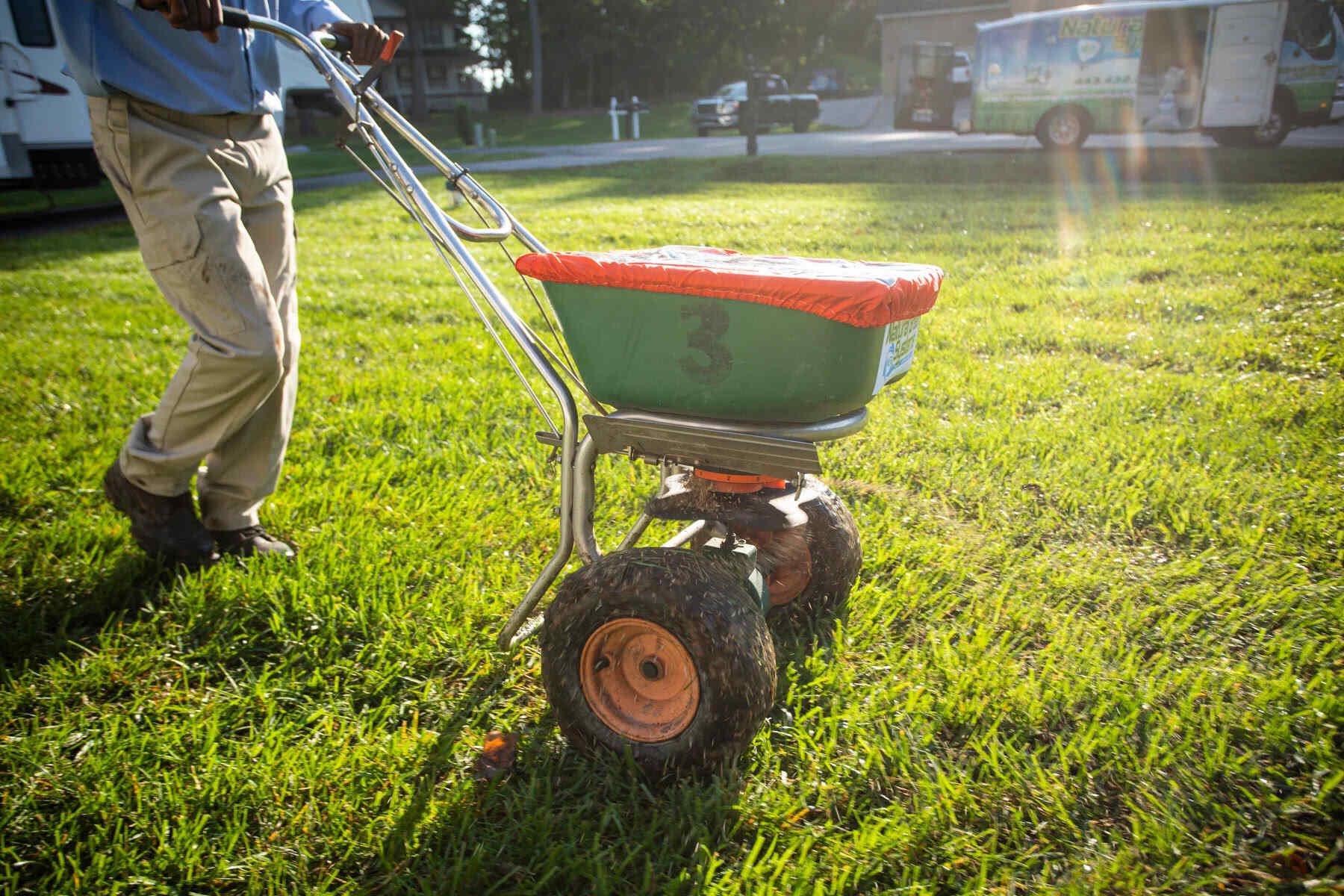
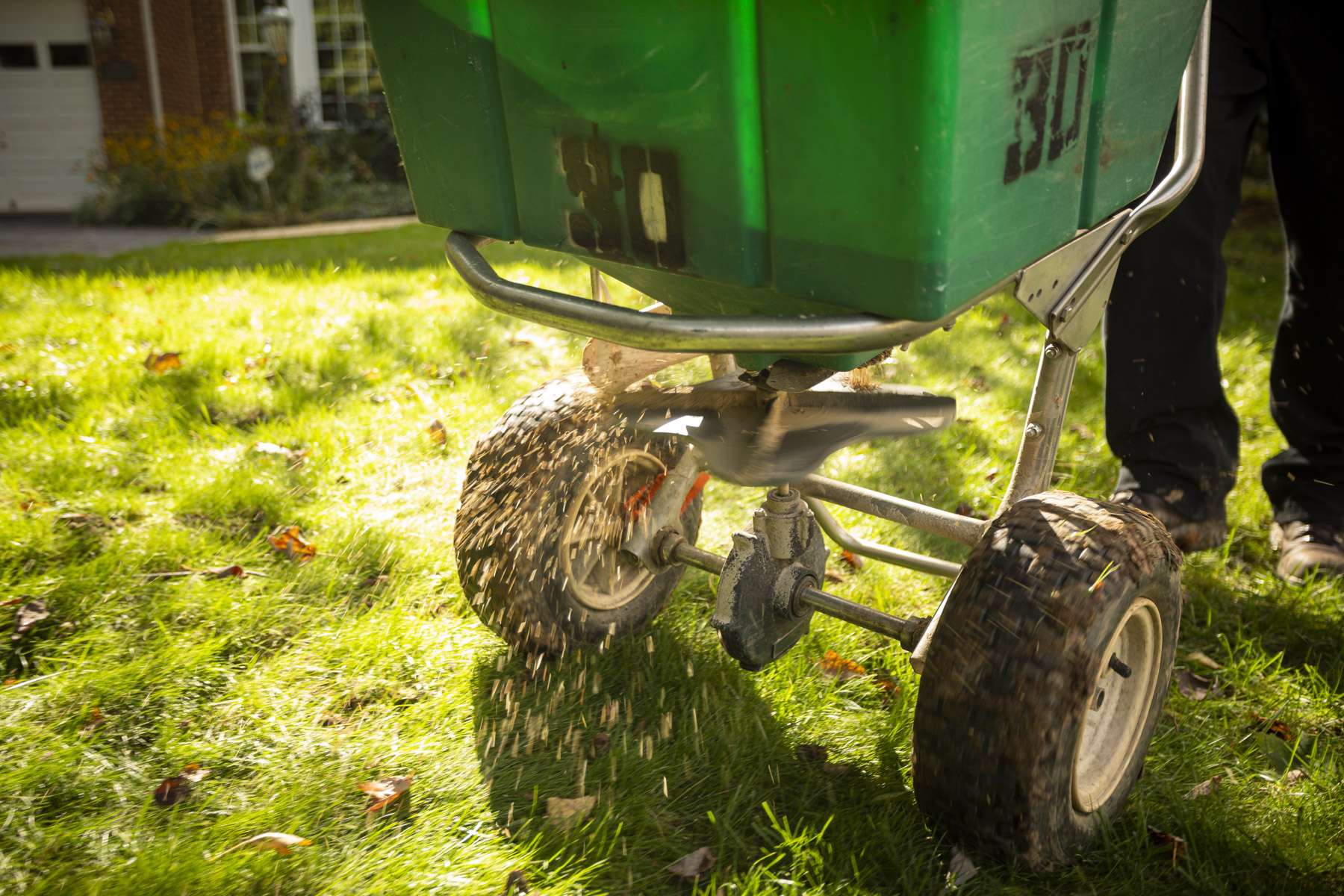
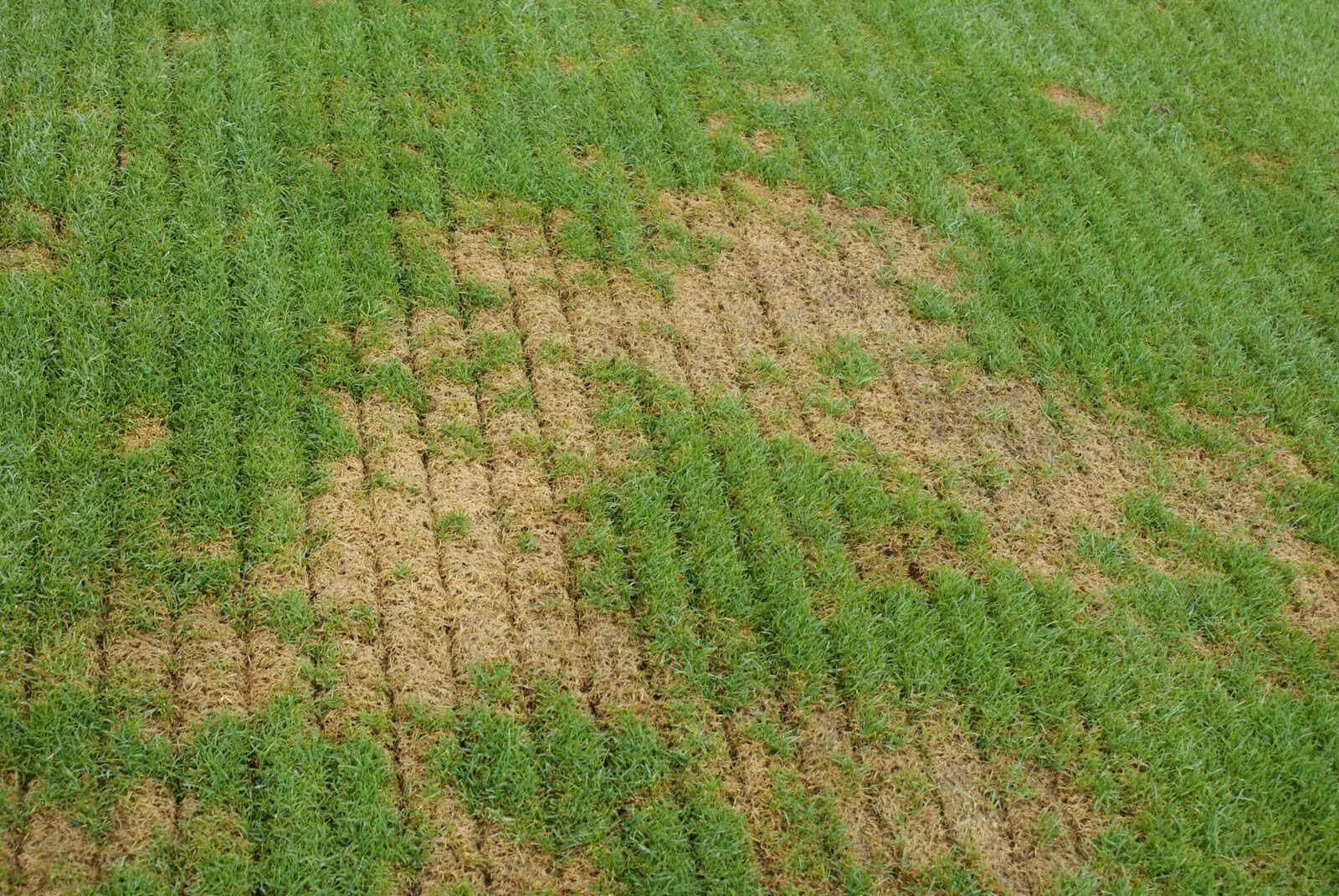
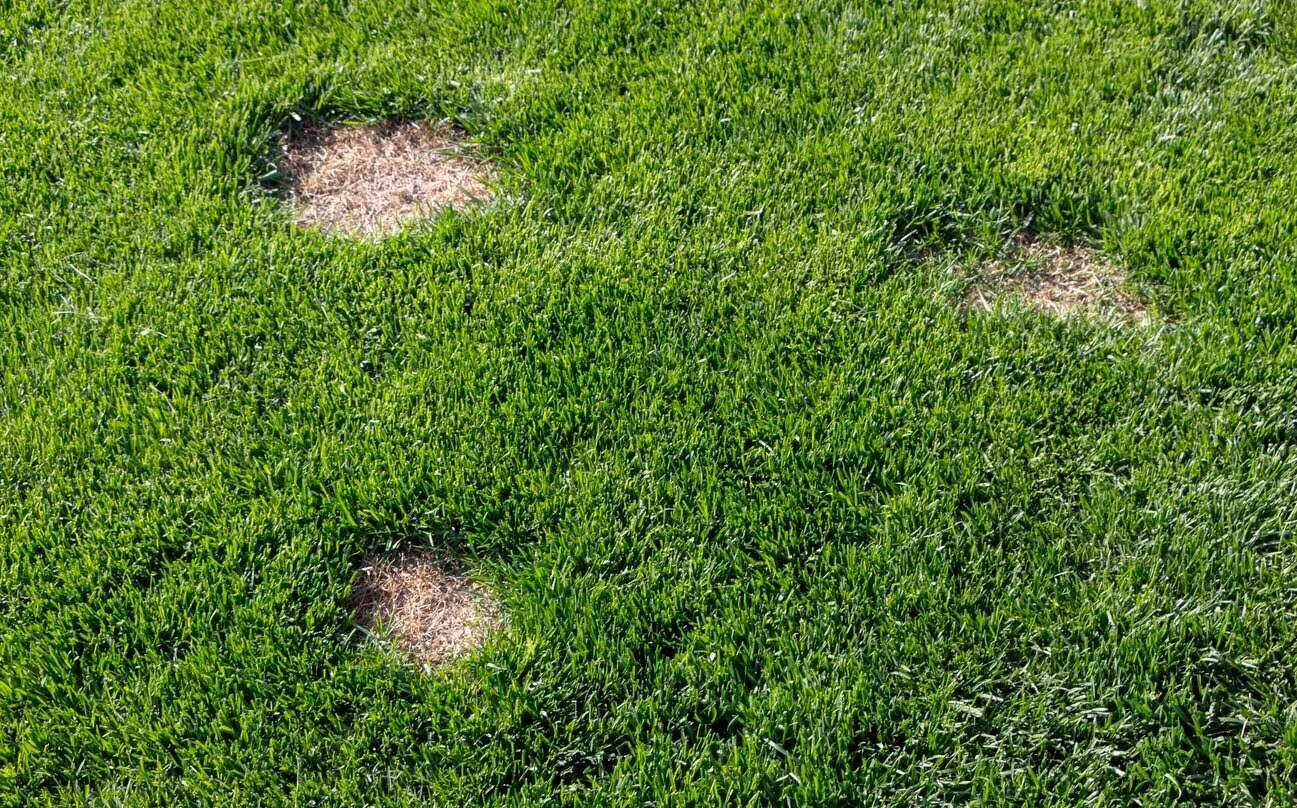
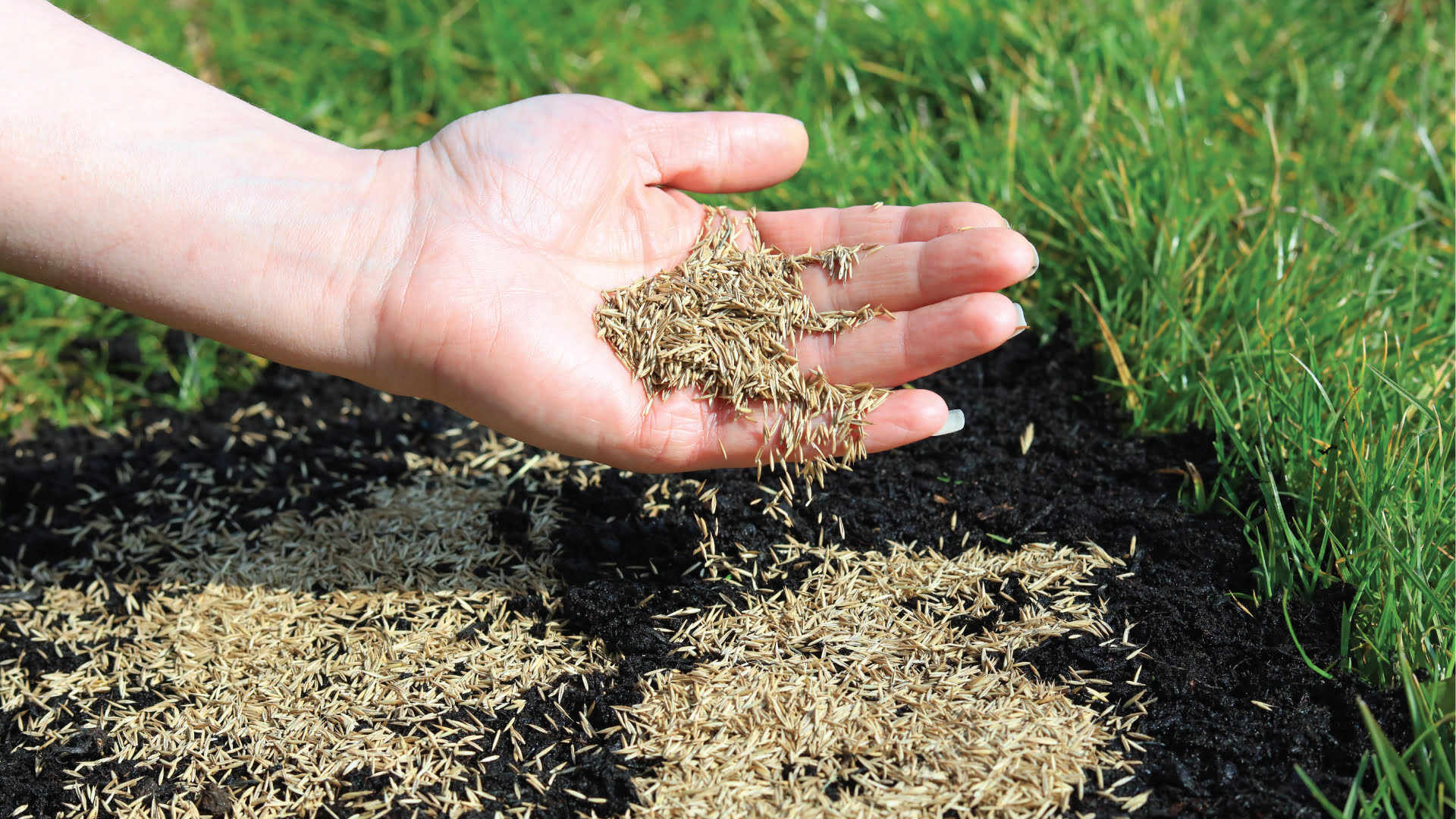
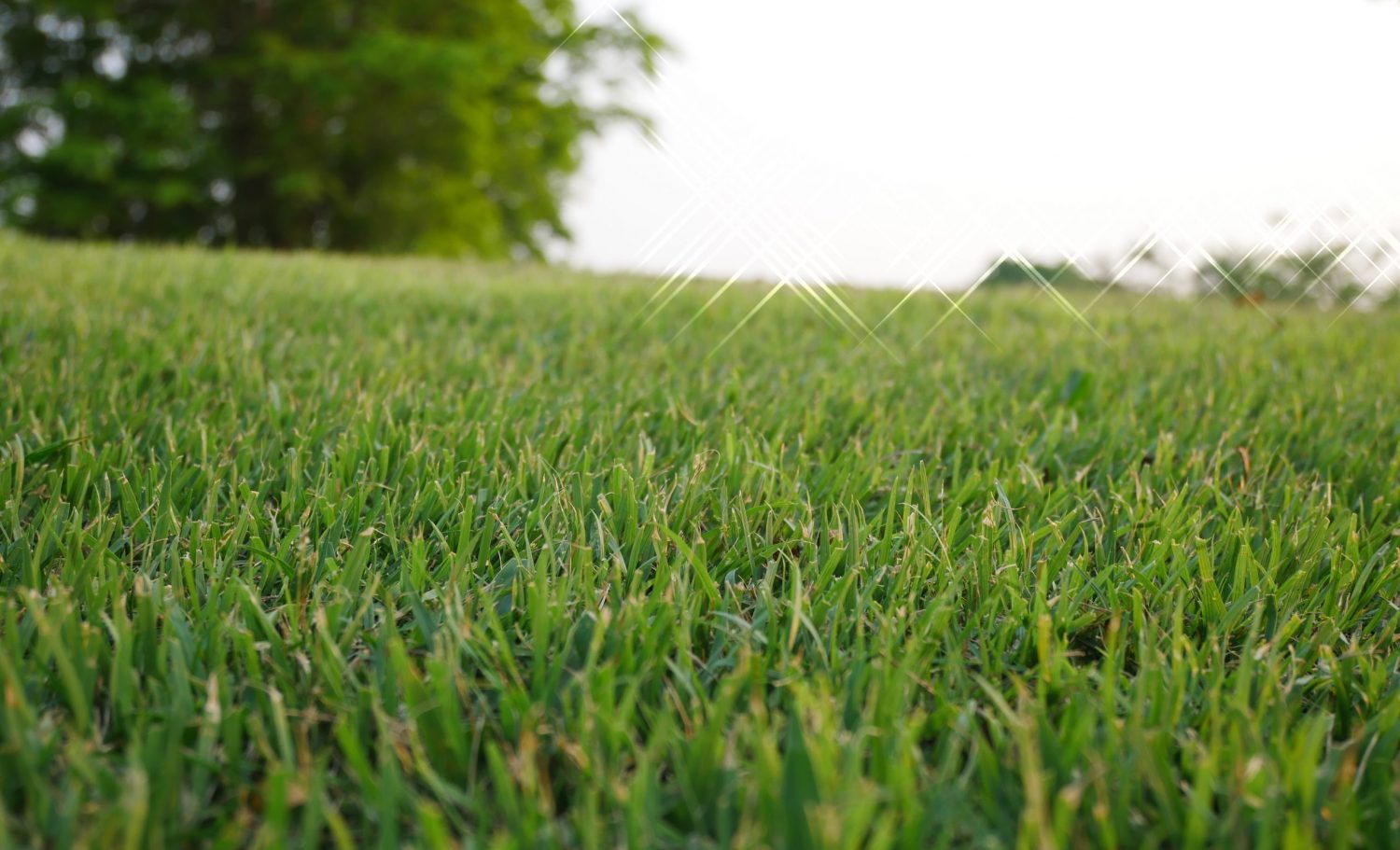

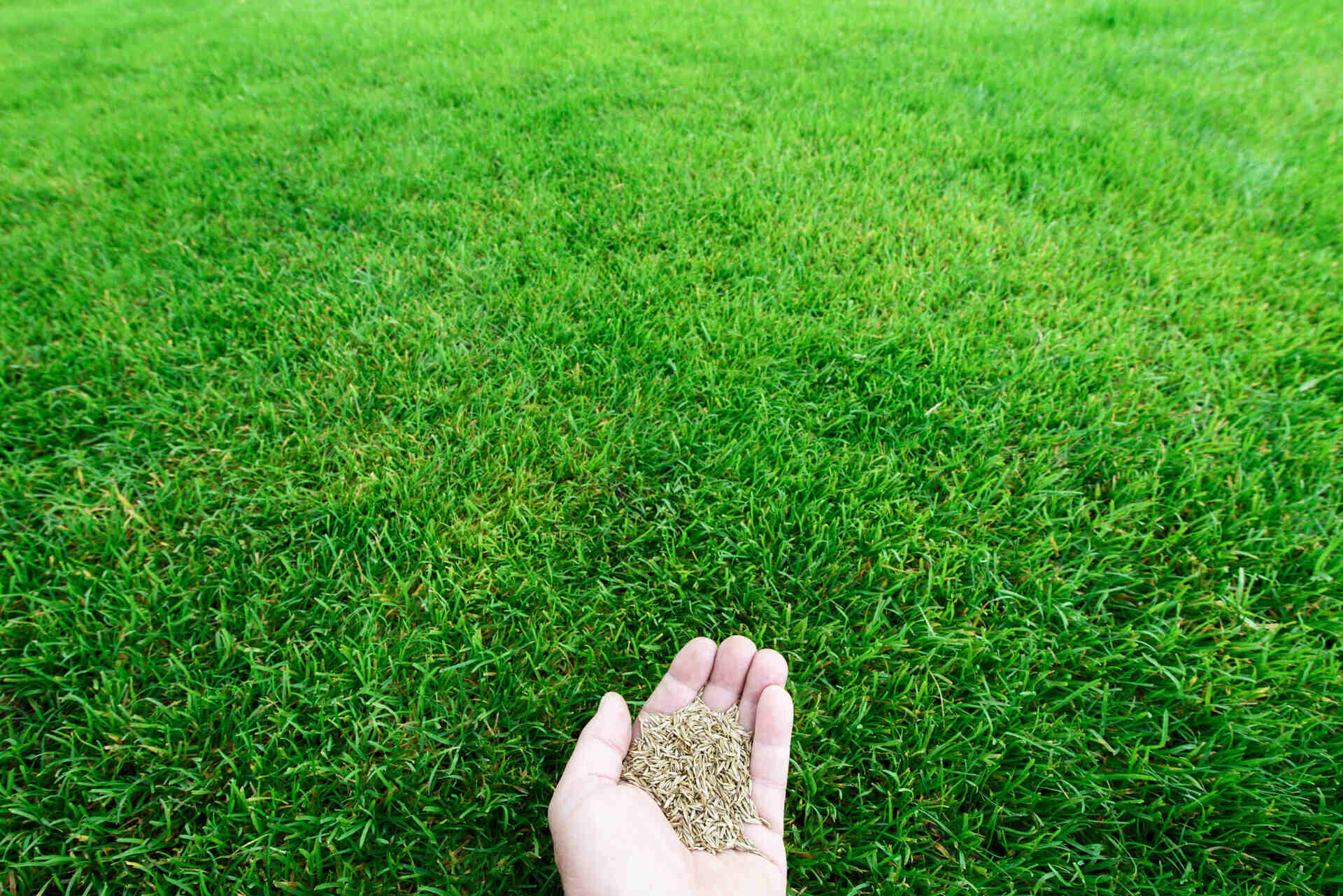
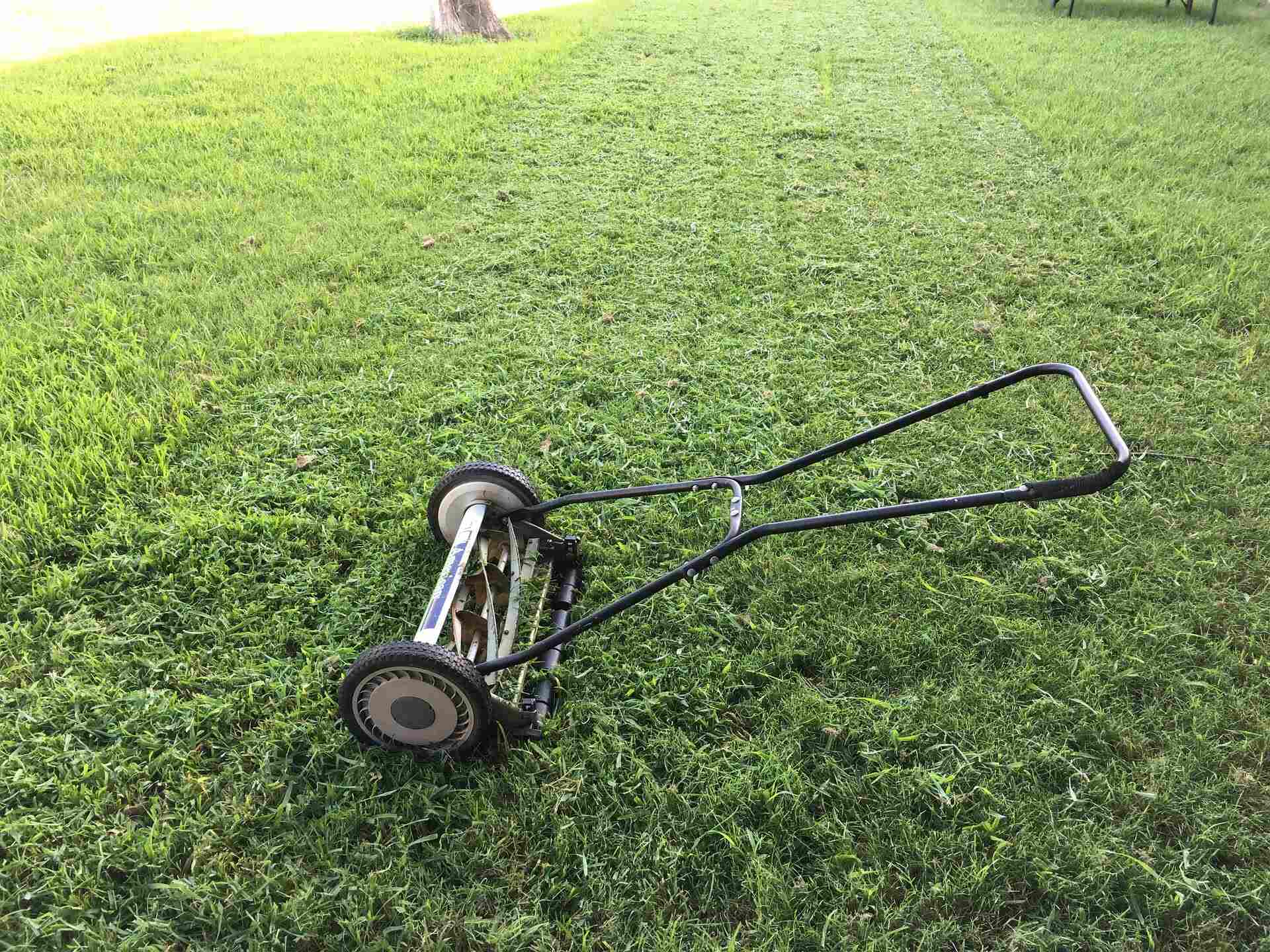
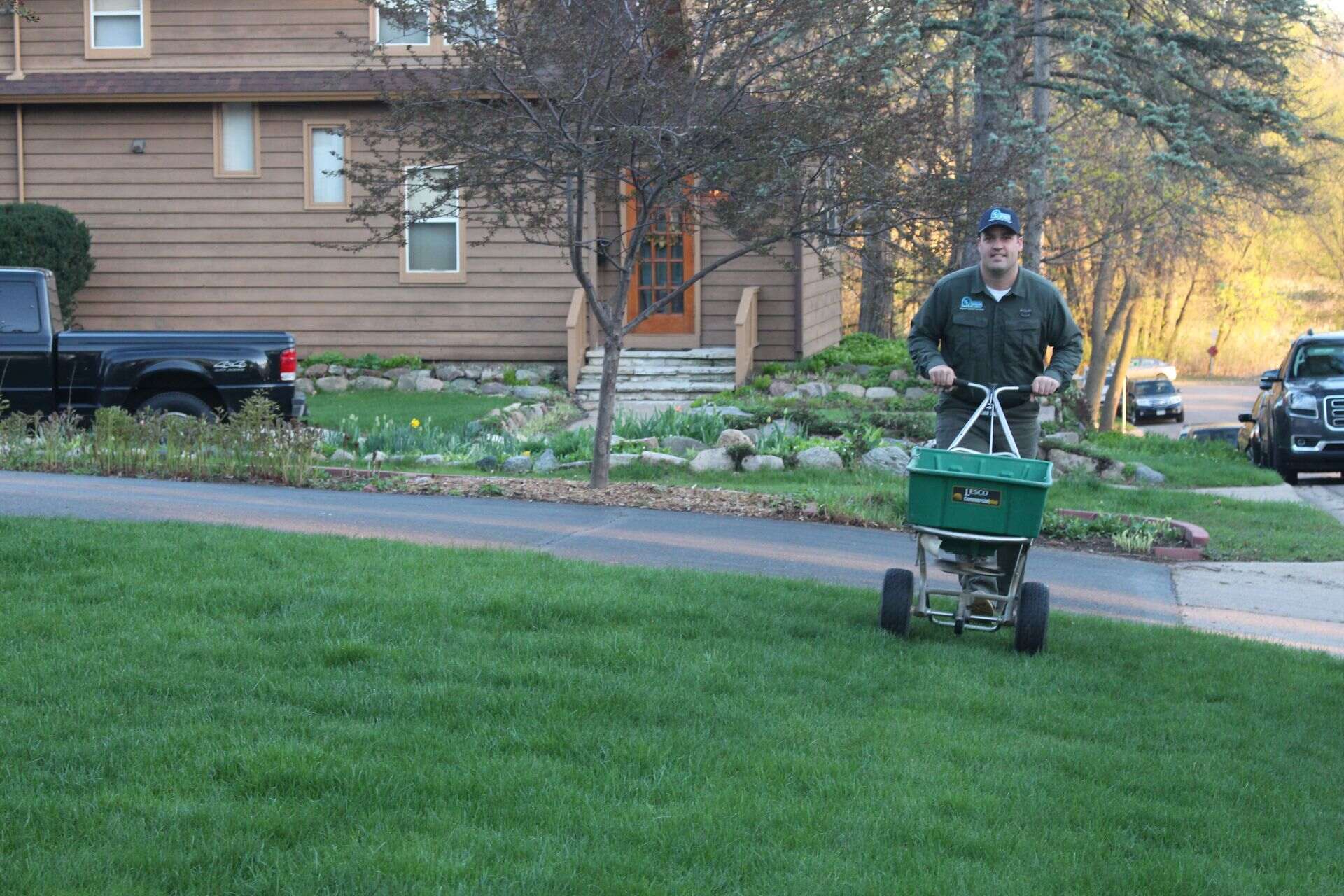
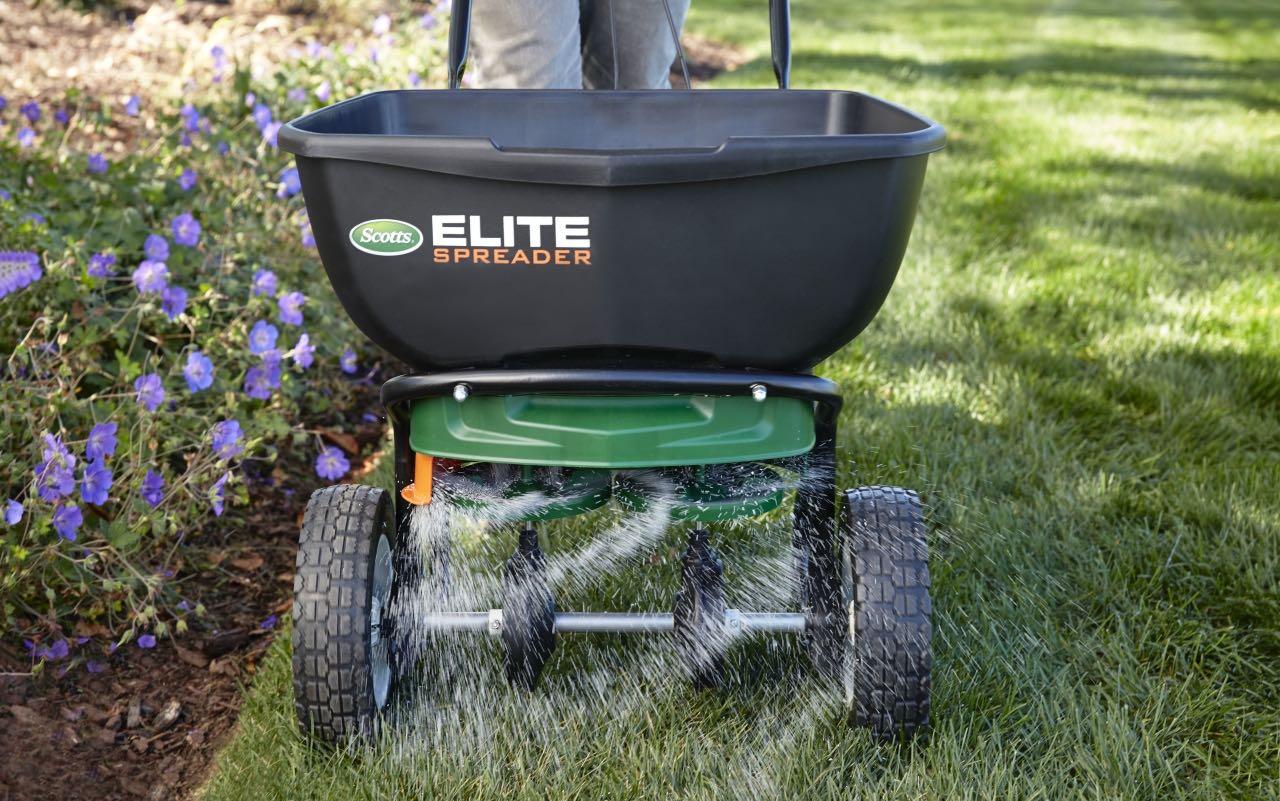
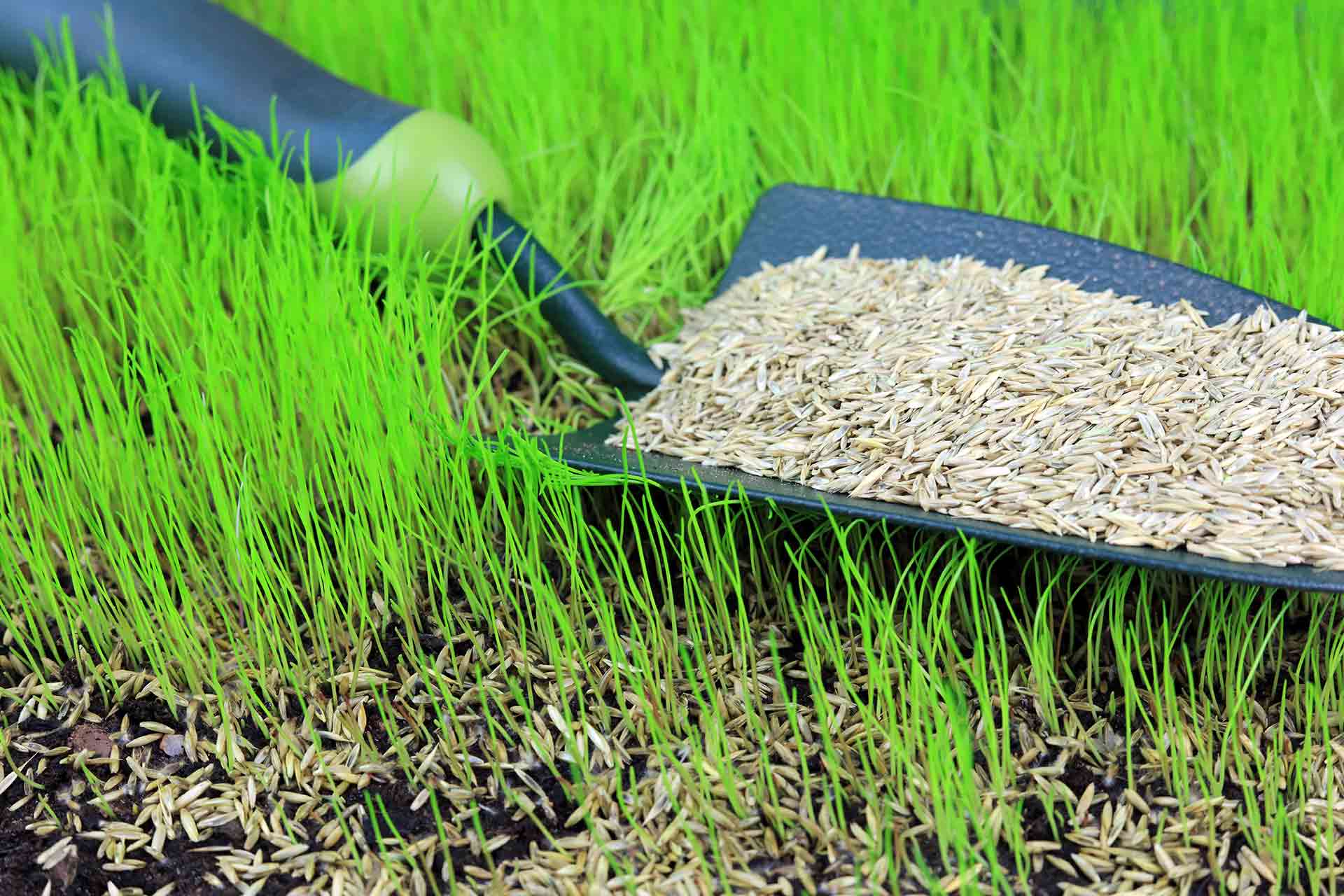
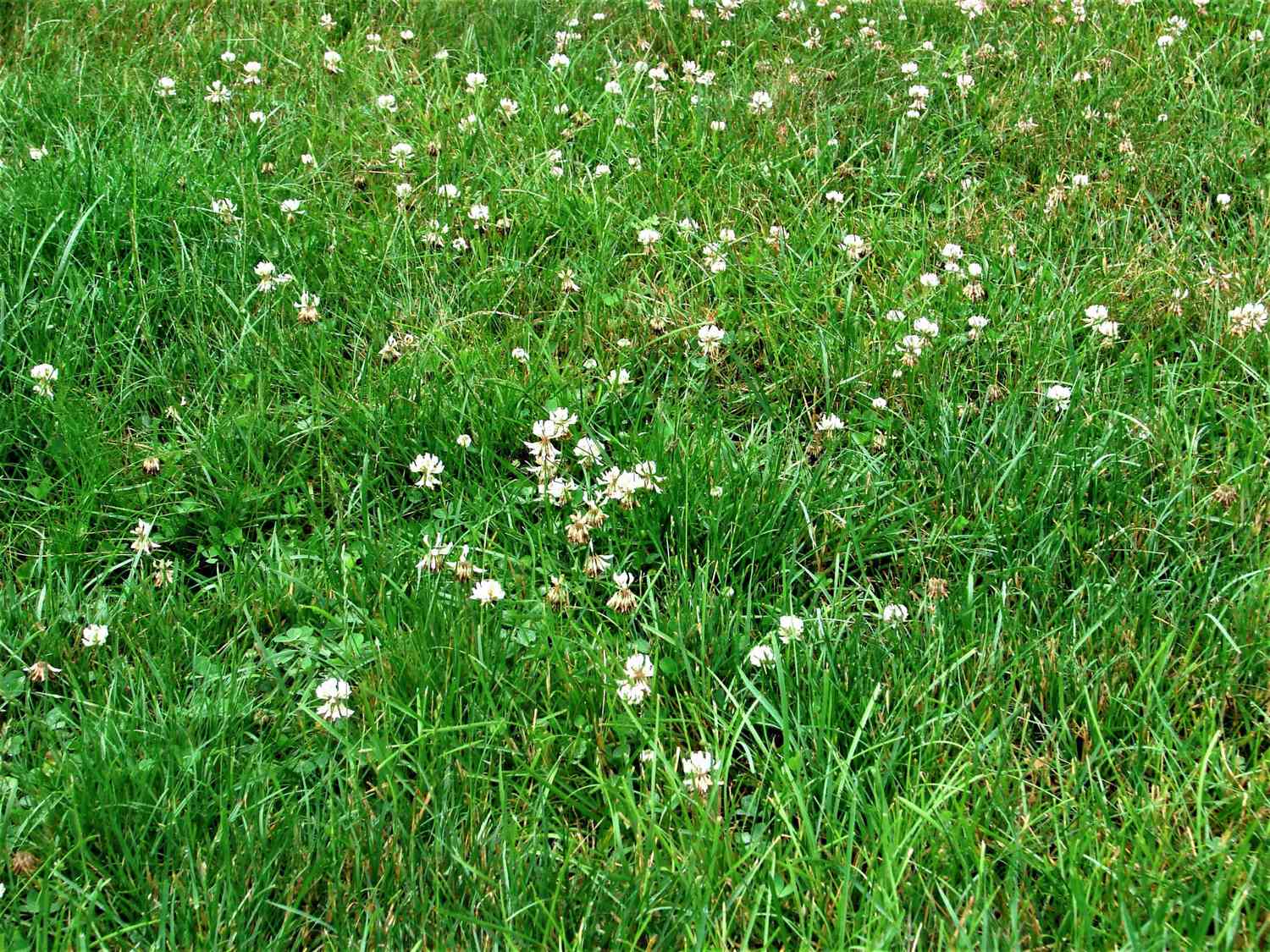

0 thoughts on “How To Seed Lawn”